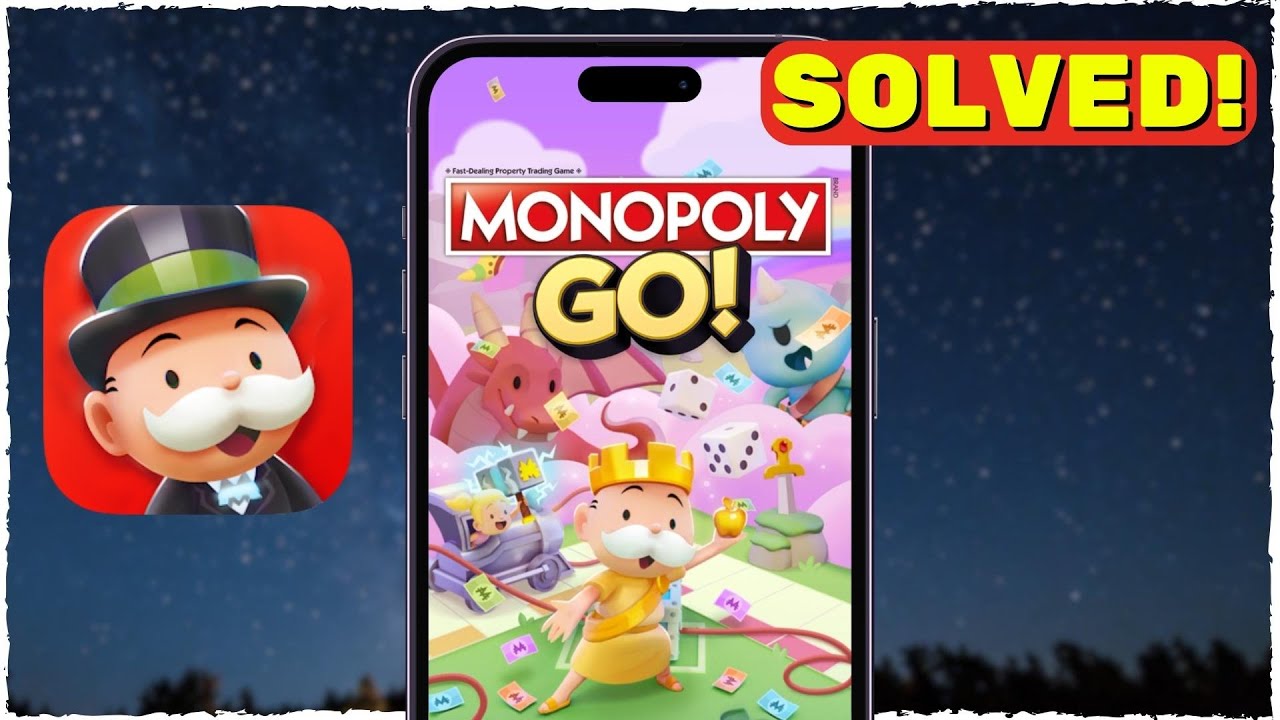In the realm of fantasy, few archetypes captivate the imagination like that of the Dungeon Knight. The very term conjures images of dark, perilous mazes, epic battles, and a lone, armored hero facing overwhelming odds. Whether you’re a gamer, a fantasy novel enthusiast, or a tabletop RPG player, the Dungeon Knight represents an archetype steeped in mystery, bravery, and complex lore.
But who exactly is a Dungeon Knight? What makes this figure so iconic in fantasy storytelling? Let’s explore this captivating concept from multiple angles—examining its origins, characteristics, and how it fits into modern entertainment.
The Origins of the Dungeon Knight
The Dungeon Knight is a product of a fusion between the medieval knight trope and the dungeon adventurer—both staples in fantasy lore. The medieval knight, historically a symbol of chivalry, honor, and duty, is transformed in fantasy settings into something more mythic and sometimes tragic. Meanwhile, the concept of the “dungeon” as a dangerous, labyrinthine underworld where monsters lurk and treasure awaits traces its roots back to mythology and folklore.
Over time, games like Dungeons & Dragons (D&D) and popular fantasy novels helped refine the Dungeon Knight archetype, giving it specific traits. In these stories, the Dungeon Knight is often depicted as a lone warrior or leader of a party, sent on quests to rid a dungeon of evil forces, retrieve legendary artifacts, or protect their kingdom from threats rising from below. The Knight isn’t just a hero but a protector and conqueror of dark, unseen realms.
Traits of the Dungeon Knight
A Dungeon Knight is far from an ordinary knight clad in armor. Here are some defining characteristics that set them apart:
1. Battle-Hardened Experience
Dungeon Knights are survivors of countless battles in dark, oppressive environments. They are trained in both combat and survival, capable of wielding a variety of weapons, but often favoring broadswords, maces, or enchanted weapons. Their battle skills are honed in confined spaces, which adds to their adaptability.
2. Strategic Thinker
Unlike the traditional knight who fights on open battlefields, the Dungeon Knight often faces unpredictable dangers. Whether it’s navigating through traps or outsmarting a powerful adversary, the Dungeon Knight has to think on their feet. Their ability to assess danger and make strategic decisions quickly is key to their survival.
3. Resilience
Dungeon Knights endure long periods in the darkness of dungeons, battling monstrous creatures, dealing with limited resources, and often confronting their own fears. Resilience—both mental and physical—is essential. They need to overcome exhaustion, fear, and wounds that might have broken lesser warriors.
4. Mysterious Background
The Dungeon Knight is often depicted as having a tragic or mysterious past. Perhaps they are a fallen knight, dishonored and seeking redemption, or a noble warrior with a hidden lineage. This backstory enriches their character, giving them a purpose that drives their quest into the dungeon’s abyss.
The Dungeon Knight in Modern Entertainment
The Dungeon Knight has seen a resurgence in modern pop culture, particularly within the world of video games, tabletop RPGs, and fantasy literature. Some prominent examples include:
1. Video Games
The “Dungeon Knight” character archetype is prominently featured in games like the Dark Souls series, Diablo, and even Skyrim. These games thrust players into the role of a warrior who must delve into dangerous, labyrinthine dungeons filled with monstrous foes, requiring both skill and bravery to survive. Each encounter and discovery reinforces the knight’s iconic role as a seeker of lost knowledge and power.
2. Tabletop RPGs
In classic tabletop RPGs like Dungeons & Dragons, the Dungeon Knight is often played as a Fighter, Paladin, or even a Dark Knight, depending on their alignment and personal story arc. Players create rich backstories for their characters, often focusing on personal quests for redemption, treasure, or forbidden knowledge hidden within dungeon walls.
3. Fantasy Novels and Films
In literature, the Dungeon Knight can be seen in works such as Michael Moorcock’s Elric of Melniboné and the works of Tolkien. These characters embody the struggle between light and darkness, both externally and internally, as they journey through treacherous lands and forsaken ruins. On-screen, films like The Lord of the Rings and The Witcher TV series bring this archetype to life through characters who venture into the unknown to confront the darkest of foes.
Why We Love the Dungeon Knight
The allure of the Dungeon Knight lies in their combination of vulnerability and strength. Unlike typical fantasy heroes, Dungeon Knights face personal and physical darkness on a daily basis. Their struggles in the shadowy depths of dungeons are metaphors for our own battles against the unknown, making them both relatable and aspirational. We admire their courage, resilience, and sense of duty in the face of insurmountable odds.
Moreover, the dungeon itself—an integral part of their identity—represents a space of transformation. Whether it’s the literal darkness of the underground or the metaphorical darkness within their souls, Dungeon Knights must emerge from these spaces changed, often stronger but sometimes more scarred.
Conclusion
The Dungeon Knight is a symbol of endurance, mystery, and the eternal struggle against darkness—both external and internal. This archetype resonates deeply with fans of fantasy because it speaks to our primal fears and hopes. Whether slaying dragons, outwitting ancient traps, or grappling with inner demons, the Dungeon Knight will always remain a powerful figure in fantasy lore, standing as a beacon of hope in the shadowy corners of imagination.
So the next time you play a video game, roll the dice in a D&D campaign, or read a fantasy novel, look out for the Dungeon Knight. Their journey is one we can all relate to on some level—venturing into the unknown, facing fears, and coming out the other side transformed.










